Postcards from Duluth’s Radisson Hotel
When the Radisson Hotel was built at 505 W. Superior St. in 1970, it was Duluth’s first new hotel in 43 years. It would be difficult to count the number that were built in the next 43 years, but not impossible. Go ahead and try.
The Radisson replaced the Holland Hotel, which operated from 1910 to 1961. It has underwent several renovations. The parking ramp was added in roughly 1977, along with an expansion adding 60 new rooms. Mechanical systems were replaced in 2013; all 268 rooms and various common spaces were updated in 2015-’16.
Recommended Links:
Leave a Comment
Only registered members can post a comment , Login / Register Here


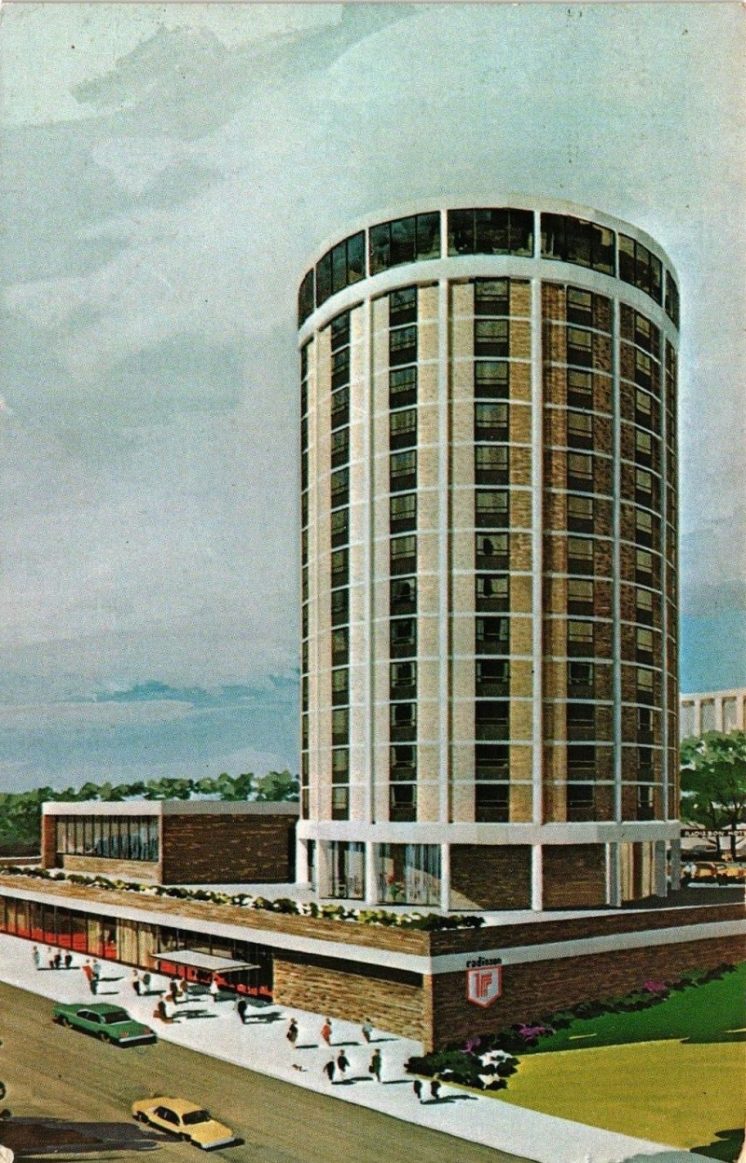
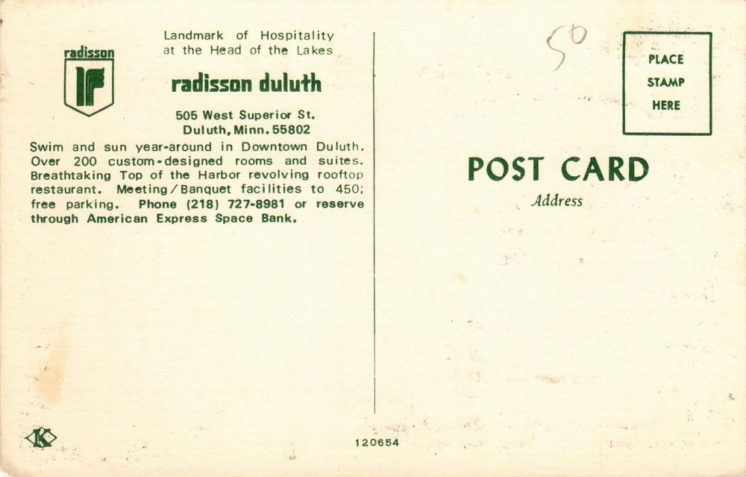
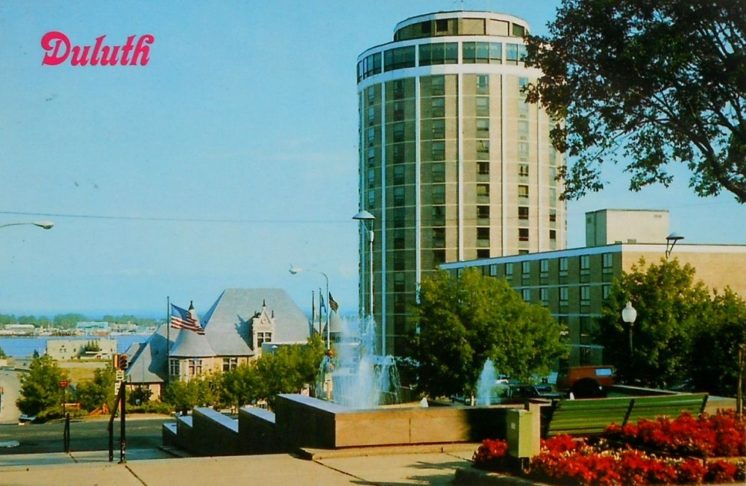
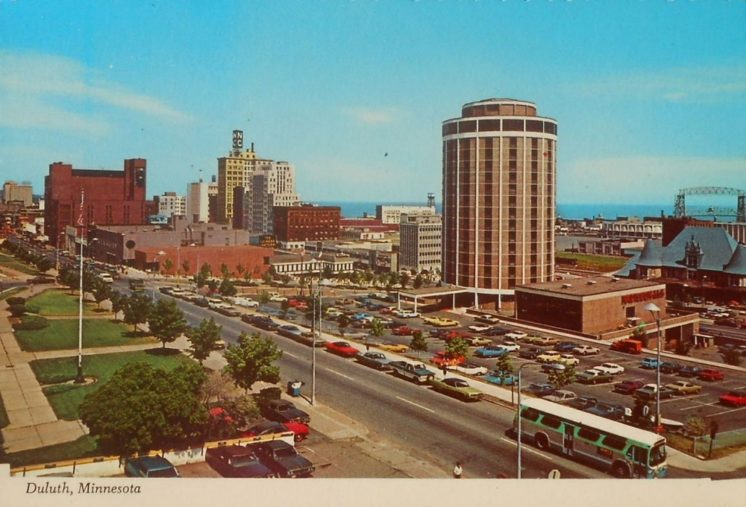
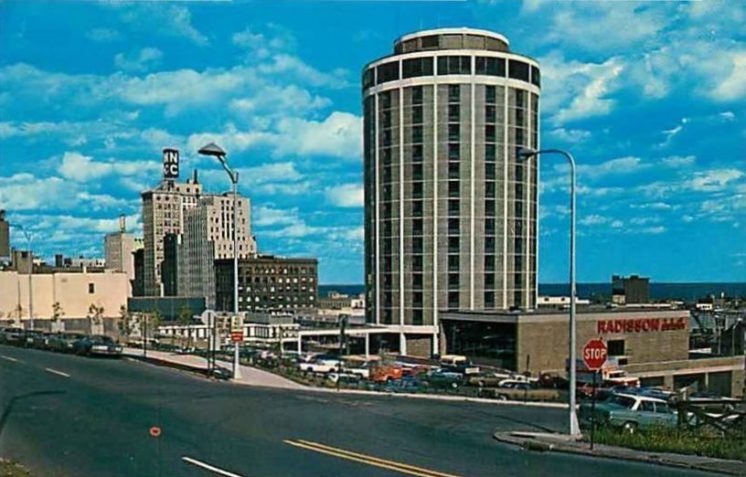
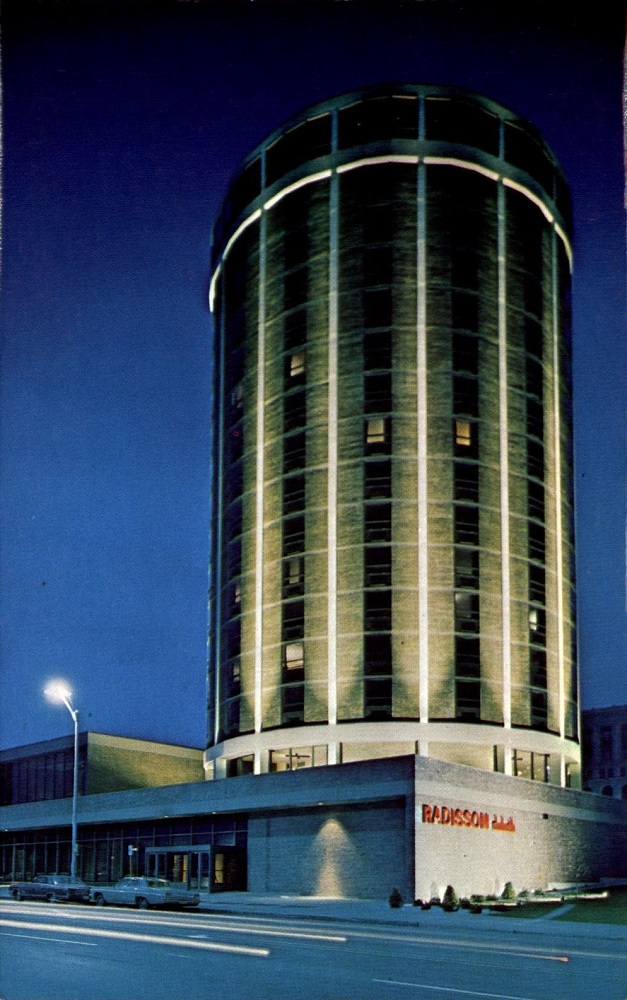

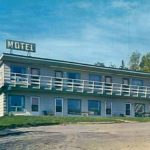
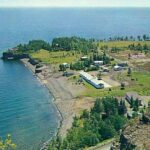
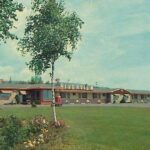









6 Comments
Rij
about 5 years agoPaul Lundgren
about 5 years agoMatthijs
about 5 years agoGina Temple-Rhodes
about 5 years agoMatthijs
about 5 years agoGina Temple-Rhodes
about 5 years ago